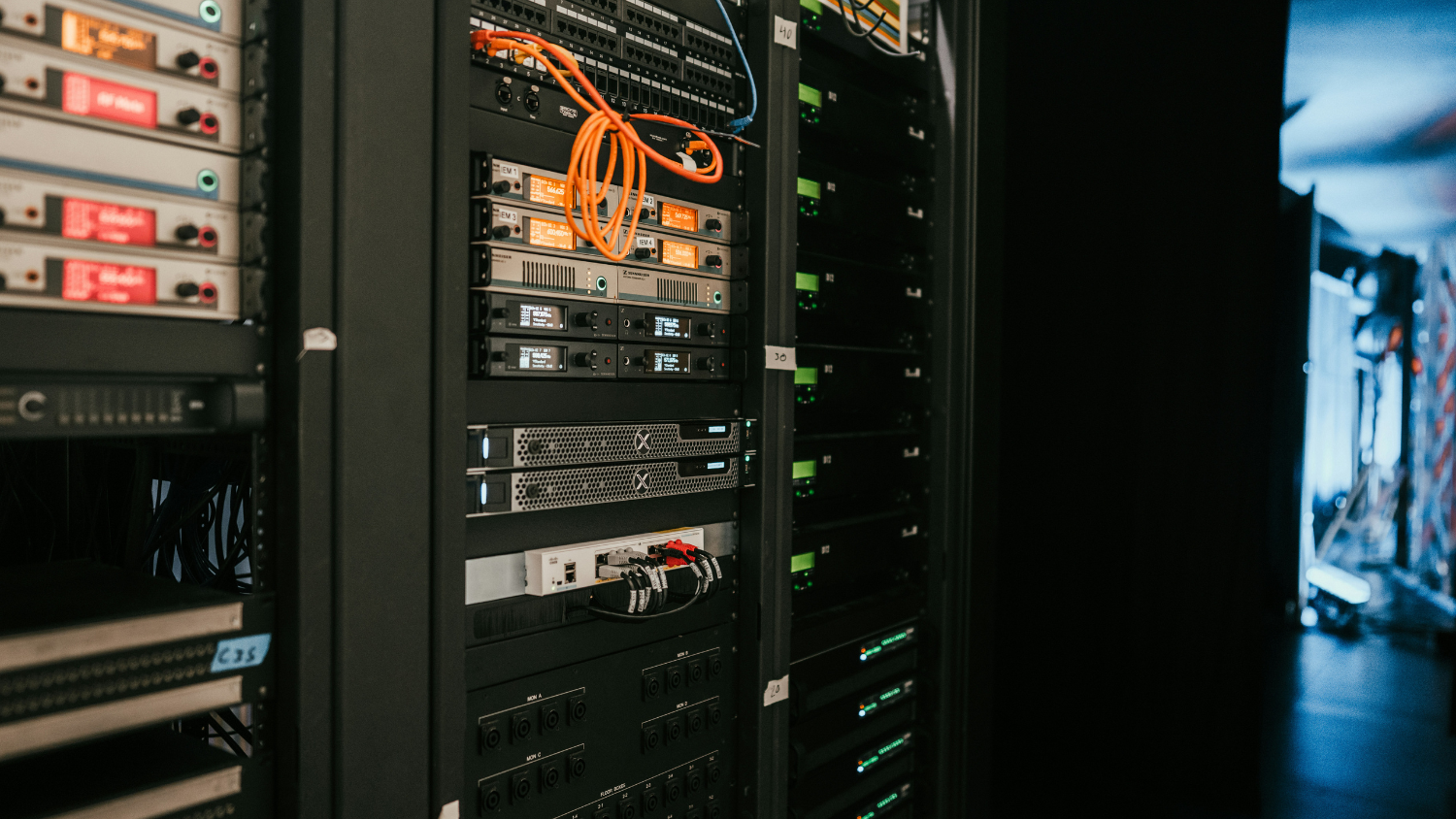The Role of Shielding in Modern Wireless Technology (5G, IoT) and the Importance of Copper
.png?width=50)
As the demand for faster and more reliable wireless connectivity grows, electromagnetic shielding has become a crucial factor in ensuring the efficiency of 5G networks and Internet of Things (IoT) devices. One of the most effective materials for shielding applications is high-purity copper foil, known for its excellent electrical conductivity and ability to block electromagnetic interference (EMI).
Why Copper for Electromagnetic Shielding?
Copper foil is widely used in modern wireless technology due to its high electrical and thermal conductivity, which helps mitigate electromagnetic interference (EMI) and improve signal integrity. As wireless networks expand and electronic devices become more compact, effective EMI shielding is essential to maintaining performance.
Studies have demonstrated that copper shielding materials can significantly reduce EMI when applied correctly. For instance, research comparing aluminum and copper shields found that both materials effectively suppress crosstalk, with copper providing superior performance due to its higher conductivity.
Additionally, investigations into laminated shields made of conductive non-magnetic sheets, such as copper, have shown substantial improvements in electromagnetic shielding effectiveness.
Copper Foil in 5G Infrastructure and IoT Devices
Copper foil plays a vital role in shielding layers for 5G infrastructure, ensuring minimal signal disruptions and efficient data transmission. Its applications include:
- Base Stations and Network Hardware: Copper is used in shielding enclosures to prevent electromagnetic interference that could affect signal quality and network performance.
- Wearable and IoT Devices: Smartwatches, wireless sensors, and medical wearables rely on copper foil for shielding to reduce signal disruptions and enhance reliability. Recent research has shown that flexible copper shielding layers can improve signal retention in compact IoT devices.
- 5G Millimeter-Wave Antennas: 5G networks operate at extremely high frequencies, which increases the risk of signal loss and interference. Electrodeposited copper foil is commonly used in 5G antenna designs, providing the necessary conductivity and stability for high-frequency transmission.
- Data Centers and High-Speed Computing: Copper foil shielding is integrated into advanced electronics to prevent cross-interference between components, maintaining stable operations in high-performance computing environments.
The Importance of Electrodeposited Copper Foil in 5G Technology
A key challenge of 5G technology is ensuring reliable, high-speed data transfer while mitigating signal degradation and interference. Electrodeposited copper foil, manufactured through an electrolytic process, is increasingly used in 5G antennas and circuit components due to its:
- Low Surface Roughness: Minimizing resistance and enhancing signal integrity in high-frequency applications.
- Exceptional Conductivity: Ensuring efficient electrical transmission, particularly in 5G millimeter-wave antennas.
- Corrosion and Oxidation Resistance: Protecting against environmental degradation, which is crucial for outdoor 5G infrastructure.
Research and Development in Copper-Based Shielding
Significant R&D efforts are being invested in improving copper-based shielding technologies. Recent advancements include:
- Nano-Coated Copper Foils: Research indicates that applying nano-scale coatings to copper foils enhances their shielding efficiency while reducing weight and thickness.
- Flexible Copper Mesh for Wearable Electronics: Scientists are exploring copper-based conductive fabrics that offer EMI shielding while remaining breathable and lightweight, ideal for medical wearables and sports technology.
- Hybrid Copper Shielding Materials: Studies suggest that integrating copper foils with composite shielding materials, such as graphene-copper hybrids, significantly improves shielding effectiveness in high-frequency 5G environments.
Looking Ahead
As industries race toward more efficient wireless communications, data security, and improved device reliability, high-purity copper foil remains at the forefront of shielding innovation.
With continued R&D and industry investments, copper-based shielding solutions will continue to evolve, ensuring seamless 5G connectivity, interference-free IoT devices, and high-performance computing environments.
Discover Copper foil from Advent Research Materials here
